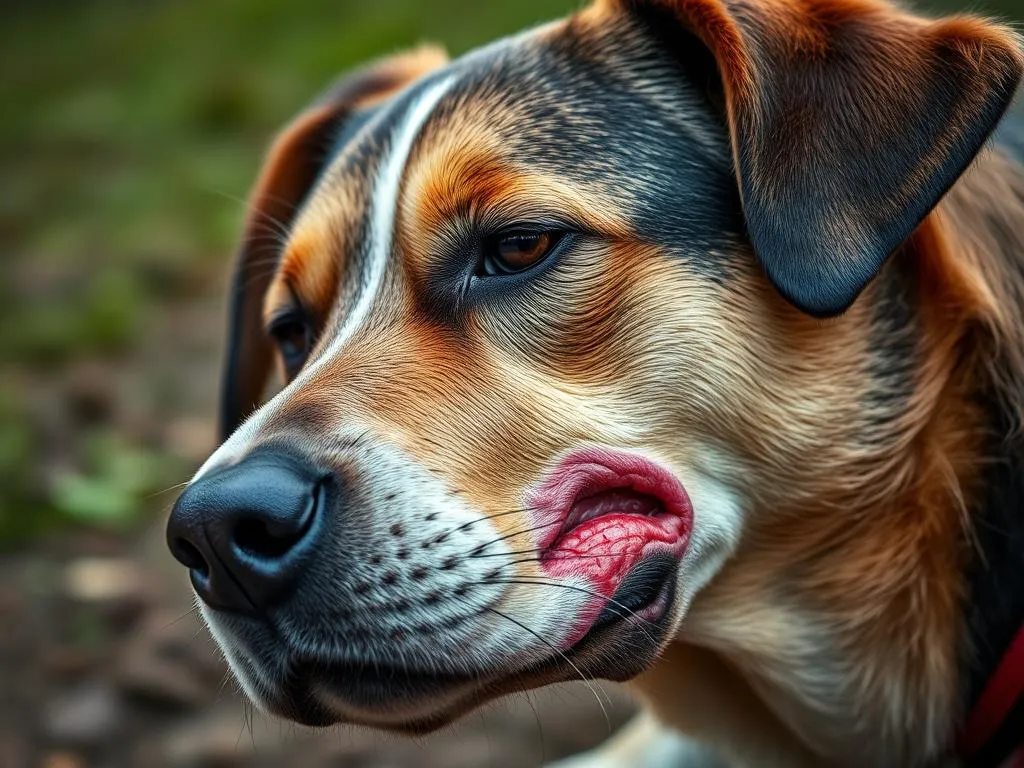
Understanding dog behavior is essential for pet owners who want to foster healthy relationships with their furry friends. Among the myriad of behaviors exhibited by dogs, one particularly notable action is the act of licking wounds. This behavior raises questions for many owners, leading to the inquiry: why do dogs lick their wounds? This article delves into the various reasons behind this behavior, its implications, and effective management strategies, helping pet parents navigate this common canine action.
Understanding Canine Behavior
The Basics of Dog Behavior
Dogs are inherently social animals that communicate through a variety of behaviors. Understanding common dog behaviors, such as barking, growling, and body language, is crucial for interpreting their needs and emotions. For instance, a wagging tail often indicates happiness, while a lowered posture may signify fear or submission. Recognizing these signals allows owners to respond appropriately to their dogs’ needs.
Moreover, dogs possess unique instincts that guide their behavior. From hunting and guarding to herding and companionship, each breed exhibits specific traits rooted in their evolutionary background. Understanding these instincts can enhance interactions and provide insights into your dog’s behavior.
The Role of Instincts
Instincts play a pivotal role in shaping canine behavior. While domestic dogs have adapted to living alongside humans, many of their instinctual behaviors remain intact. For example, the instinct to groom and care for themselves is deeply embedded in canine nature. This natural inclination often manifests in behaviors like licking, which can serve multiple purposes, particularly when it comes to wound care.
Why Do Dogs Lick Their Wounds?
Natural Healing Mechanism
One of the primary reasons dogs lick their wounds is as a natural healing mechanism. When a dog suffers an injury, their instinctual response is to lick the affected area. This behavior is not merely a habit; it is a biological response that can aid in healing. Dog saliva contains antimicrobial properties, including enzymes that can help reduce the risk of infection.
In fact, licking can facilitate the removal of debris and dead tissue from the wound, promoting a cleaner environment for healing. However, while licking may seem beneficial, excessive licking can lead to complications, making it essential for owners to monitor the behavior closely.
Comfort and Soothing
In addition to its healing properties, licking serves as a form of comfort for dogs. Much like humans might engage in self-soothing behaviors when stressed or anxious, dogs often lick their wounds to alleviate discomfort. This behavior can provide them with a sense of security and calmness during times of distress.
When dogs lick their wounds, they are not only addressing physical pain but also engaging in a psychological response that helps soothe their nerves. This dual function of licking underscores its importance in canine behavior and highlights the need for owners to be attentive to their pet’s emotional state.
Attention-Seeking Behavior
Another reason behind the act of licking can be attention-seeking behavior. Dogs are social creatures that thrive on interaction with their owners. When a dog licks a wound, it may be an attempt to capture the owner’s attention, especially if licking is accompanied by other behaviors such as whining or nudging.
For instance, a dog that has developed an injured paw might lick it, and if the owner reacts by providing attention or affection, the dog learns that this behavior is a way to solicit care. This reinforces the licking, potentially leading to a cycle where the dog continues to lick the wound not solely for healing but for the attention it garners.
Stress and Anxiety
The connection between licking and stress or anxiety is another critical aspect to consider. Dogs, like humans, experience stress, and licking can serve as a coping mechanism. Situations such as changes in the household, loud noises, or unfamiliar environments can trigger anxiety in dogs, leading them to lick their wounds or other body parts as a way to self-soothe.
Recognizing signs of stress in dogs is crucial for owners. Indicators may include excessive barking, pacing, or changes in eating habits. If licking becomes a frequent response to stress, it may exacerbate the issue, leading to further anxiety and compulsive behaviors. Therefore, understanding the underlying causes of stress is vital in managing licking behaviors effectively.
The Implications of Licking Wounds
Potential Risks of Excessive Licking
While licking can be a natural response, excessive licking poses several risks. Continuous licking can lead to complications, such as infections or delayed healing. Open wounds are susceptible to bacteria, and constant exposure to saliva can create an environment that fosters infection. Additionally, repeated licking can result in hot spots—painful, inflamed areas of skin that require veterinary treatment.
Owners must be vigilant in monitoring their dog’s licking habits. If a dog is excessively licking a wound or area of skin, it may indicate an underlying issue that requires attention.
When to Seek Veterinary Help
Knowing when to seek veterinary help is essential for pet owners. If a dog displays signs of excessive licking, such as persistent licking that leads to redness, swelling, or discharge, it may be time to consult a veterinarian. Other signs that indicate a need for professional help include:
- Increased lethargy: If your dog is more tired than usual, it could be a sign of discomfort or illness.
- Loss of appetite: A lack of interest in food may indicate pain or stress.
- Behavior changes: Sudden changes in behavior, such as increased aggression or withdrawal, warrant further investigation.
Veterinarians can provide guidance on appropriate treatment options and strategies to manage licking behavior.
Managing the Behavior
Providing Proper Care for Wounds
Caring for wounds properly is the first step in managing licking behavior. Owners should clean and dress wounds to minimize the risk of infection. Recommended products for wound care may include antiseptic solutions and bandages that keep the wound protected.
Regularly inspecting the wound for signs of healing or complications can also help ensure that it is not exacerbated by licking. If the licking persists despite proper care, it may be necessary to explore additional strategies to manage the behavior.
Redirecting the Behavior
Redirecting licking behavior is another effective strategy. Providing alternative activities can help distract dogs from licking their wounds. Engaging dogs in play, offering chew toys, or practicing training exercises can redirect their focus and energy.
Training commands, such as “leave it” or “no lick,” can also be beneficial in discouraging unwanted licking. Positive reinforcement techniques, such as treats and praise for following directions, can reinforce the desired behavior and help reduce licking incidents.
Addressing Underlying Issues
Identifying and addressing underlying issues is crucial for managing licking behavior effectively. If stress or anxiety is a factor, owners can implement techniques to reduce their dog’s anxiety levels. Regular exercise, mental stimulation, and creating a calm environment can significantly impact a dog’s overall well-being.
Training and socialization can also help dogs become more comfortable in various situations, reducing the likelihood of stress-induced licking. If anxiety persists, consulting with a veterinarian or animal behaviorist may provide additional strategies tailored to the dog’s specific needs.
Conclusion
Understanding why dogs lick their wounds is essential for promoting their health and well-being. From natural healing mechanisms to comfort-seeking behaviors, licking serves various purposes in canine behavior. However, it is crucial for pet owners to be aware of the potential risks associated with excessive licking and to seek veterinary help when necessary.
By providing proper care for wounds, redirecting licking behavior, and addressing underlying issues, owners can effectively manage this behavior and ensure their dogs remain healthy and happy. Observing and understanding your pet’s behavior not only strengthens the bond between you and your dog but also contributes to their overall quality of life.
FAQs
Common Questions About Dog Licking Behavior
What should I do if my dog won’t stop licking a wound?
If your dog continues to lick a wound despite your efforts to redirect the behavior, consult a veterinarian. They may recommend protective collars or medications to address the issue.
Are there any home remedies for dog wounds?
While some home remedies exist, it’s always best to consult a veterinarian for proper wound care. They can recommend safe and effective treatments tailored to your dog’s needs.
Can licking wounds lead to serious health issues?
Yes, excessive licking can lead to infections, hot spots, and delayed healing. Monitoring your dog’s behavior and consulting a veterinarian is essential if licking becomes problematic.
Understanding Other Canine Behaviors
Why do dogs lick their owners?
Dogs lick their owners as a sign of affection, to seek attention, or simply because they enjoy the taste of their skin. This behavior can also be a way of communicating their needs or wants.









